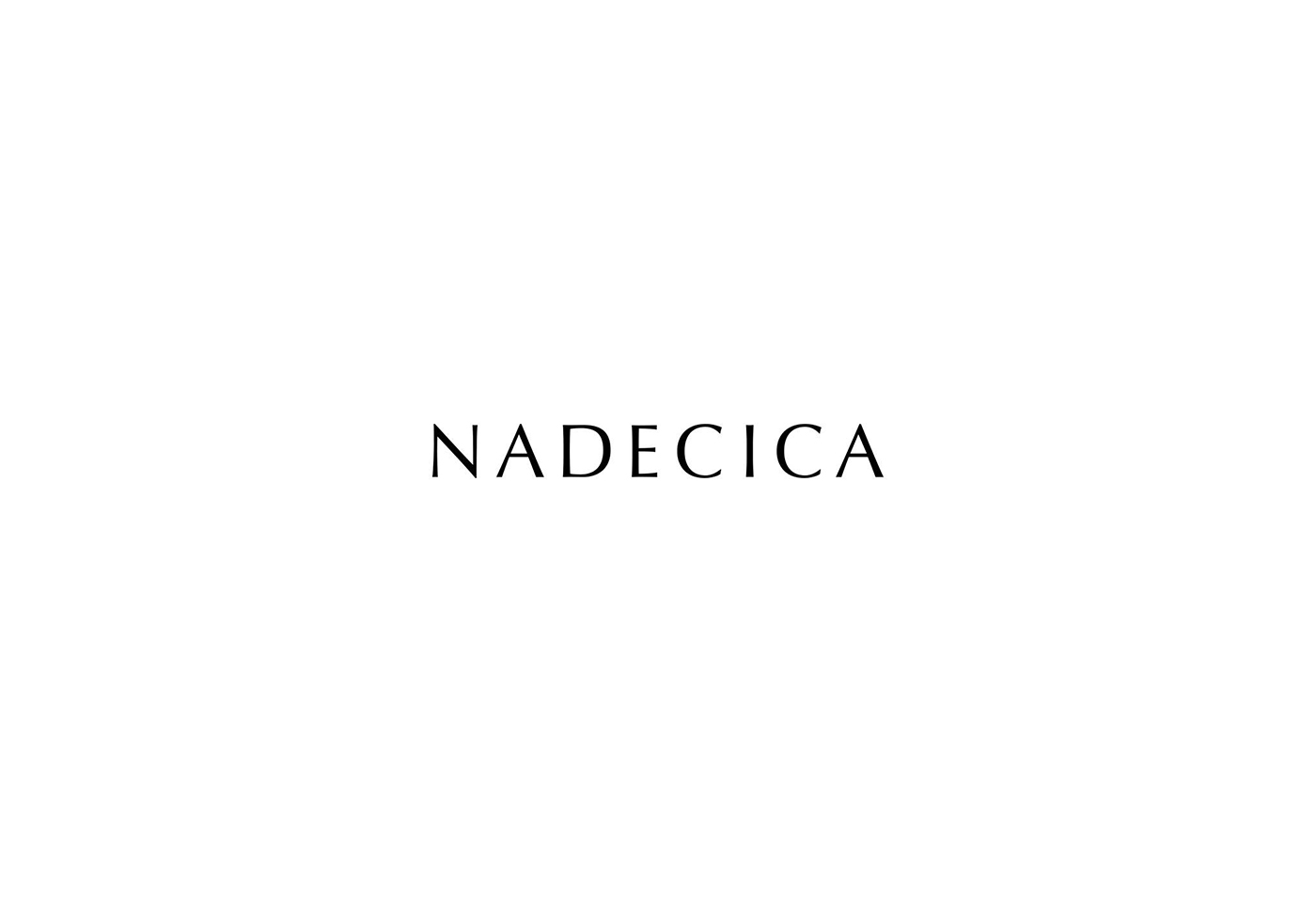目次
For example, the depreciation expense for the second accounting year will be calculated by multiplying the depreciation rate (50%) by the carrying value of $1750 at the start of the year, times the time factor of 1. Various software tools and online calculators can simplify the process of calculating DDB depreciation. These tools can automatically compute depreciation expenses, adjust rates, and maintain depreciation schedules, making them invaluable for businesses managing multiple depreciating assets. First, determine the asset’s initial cost, its estimated salvage value at the end of its useful life, and its useful life span. Then, calculate the straight-line depreciation rate and double it to find the DDB rate. Multiply this rate by the asset’s book value at the beginning of each year to find that year’s depreciation expense.
In the case of an asset with a 10-year useful life, the depreciation expense in the first full year of the asset’s life will be 10/55 times the asset’s depreciable cost. The depreciation for the 2nd year will be 9/55 times the asset’s depreciable cost. This pattern will continue and the depreciation for the 10th year will be 1/55 times the asset’s depreciable cost. The double-declining-balance (DDB) method, which is also referred to as the 200%-declining-balance method, is one of the accelerated methods of depreciation. DDB is an accelerated method because more depreciation expense is reported in the early years of an asset’s useful life and less depreciation expense in the later years.
Double Declining Balance Method Versus Other Depreciation Methods
First-year depreciation expense is calculated by multiplying the asset’s full cost by the annual rate of depreciation and time factor. Of course, the pace at which the depreciation expense is recognized under accelerated depreciation methods declines over time. In the double-declining method, depreciation expenses are larger in the early years of an asset’s life and smaller in the latter portion of the asset’s life. Companies prefer to use the double-declining method for assets expected to become obsolete more quickly. Even though the depreciation expense will be accelerated, the total depreciation throughout the asset’s life will remain the same. When changing depreciation methods, companies should carefully justify the change and adhere to accounting standards and tax regulations.
DDB is ideal for assets that very rapidly lose their values or quickly become obsolete. This may be true with certain computer equipment, mobile devices, and other high-tech items, which are generally useful earlier on but become less so as newer models are brought to market. Businesses choose to use the Double Declining Balance Method when they want to accurately reflect the asset’s wear and tear pattern over time. So, in the first year, the company would record a depreciation expense of $4,000.
- Given the nature of the DDB depreciation method, it is best reserved for assets that depreciate rapidly in the first several years of ownership, such as cars and heavy equipment.
- On the other hand, with the double declining balance depreciation method, you write off a large depreciation expense in the early years, right after you’ve purchased an asset, and less each year after that.
- While you don’t calculate salvage value up front when calculating the double declining depreciation rate, you will need to know what it is, since assets are depreciated until they reach their salvage value.
- Simultaneously, you should accumulate the total depreciation on the balance sheet.
- Since we’re multiplying by a fixed rate, there will continuously be some residual value left over, irrespective of how much time passes.
So your annual write-offs are more stable over time, which makes income easier to predict. If you’re brand new to the concept, open another tab and check out our complete guide to depreciation. Then come back here—you’ll have the background knowledge you need to learn about double declining balance.
Double Declining Balance Method
This can make profits seem abnormally low, but this isn’t necessarily an issue if the business continues to buy and depreciate new assets on a continual basis over the long term. Recovery period, or the useful life of the asset, is the period over which you’re depreciating it, in years. The total expense over the life of the asset will be the same under both approaches. In year 5, however, the balance would shift and the accelerated approach would have only $55,520 of depreciation, while the non-accelerated approach would have a higher number. Over 1.8 million professionals use CFI to learn accounting, financial analysis, modeling and more. Start with a free account to explore 20+ always-free courses and hundreds of finance templates and cheat sheets.
Comparing DDB and Straight-Line Methods
If, for example, an asset is purchased on 1 December and the financial statements are prepared on 31 December, the depreciation expense should only be charged for one month. In the accounting period in which an asset is acquired, the depreciation expense calculation needs to account for the fact that the asset has been available only for a part of the period (partial year). This is because, unlike the straight-line method, the depreciation expense under the double-declining method is not charged evenly over the asset’s useful life. However, using the double declining depreciation method, your depreciation would be double that of straight line depreciation.
The double declining balance depreciation method is a form of accelerated depreciation that doubles the regular depreciation approach. It is frequently used to depreciate fixed assets more heavily in the early years, which allows the company to defer income taxes to later years. Accelerated depreciation is any method of depreciation used for accounting or income tax purposes that allows greater depreciation expenses in the early years of the life of an asset. Accelerated depreciation calculating marginal cost methods, such as double declining balance (DDB), means there will be higher depreciation expenses in the first few years and lower expenses as the asset ages. This is unlike the straight-line depreciation method, which spreads the cost evenly over the life of an asset. This method falls under the category of accelerated depreciation methods, which means that it front-loads the depreciation expenses, allowing for a larger deduction in the earlier years of an asset’s life.
The double declining balance depreciation method shifts a company’s tax liability to later years when the bulk of the depreciation has been written off. The company will have less depreciation expense, resulting in a higher net income, and higher taxes paid. This method accelerates straight-line method by doubling the straight-line rate per year. Some companies use accelerated depreciation methods to defer their tax obligations into future years.
How to calculate depreciation using the double declining method
Using the steps outlined above, let’s walk through an example of how to build a table that calculates the full depreciation schedule over the life of the asset. We now have the necessary inputs to build our accelerated depreciation schedule. The prior statement tends to be true for most fixed assets due to normal “wear and tear” from any consistent, constant usage.
The company would deduct $9,000 in the first year, but only $7,200 in the second year. If the double-declining depreciation rate is 40%, the straight-line rate of depreciation shall be its half, i.e., 20%. To calculate the double-declining depreciation expense for Sara, we first need to figure out the depreciation rate. In the last year of an asset’s useful life, we make the asset’s net book value equal to its salvage or residual value. This is to ensure that we do not depreciate an asset below the amount we can recover by selling it. It is important to note that we apply the depreciation rate on the full cost rather than the depreciable cost (cost minus salvage value).
What is the Double Declining Balance Depreciation Method?
The “declining-balance” refers to the asset’s book value or carrying value (the asset’s cost minus its accumulated depreciation). Recall that the asset’s book value declines each time that depreciation is credited to the related contra asset account Accumulated Depreciation. In this example, the depreciation will continue until the credit balance in Accumulated Depreciation reaches $10,000 (the equipment’s depreciable cost). If the equipment continues to be used, no further depreciation expense will be reported.
















